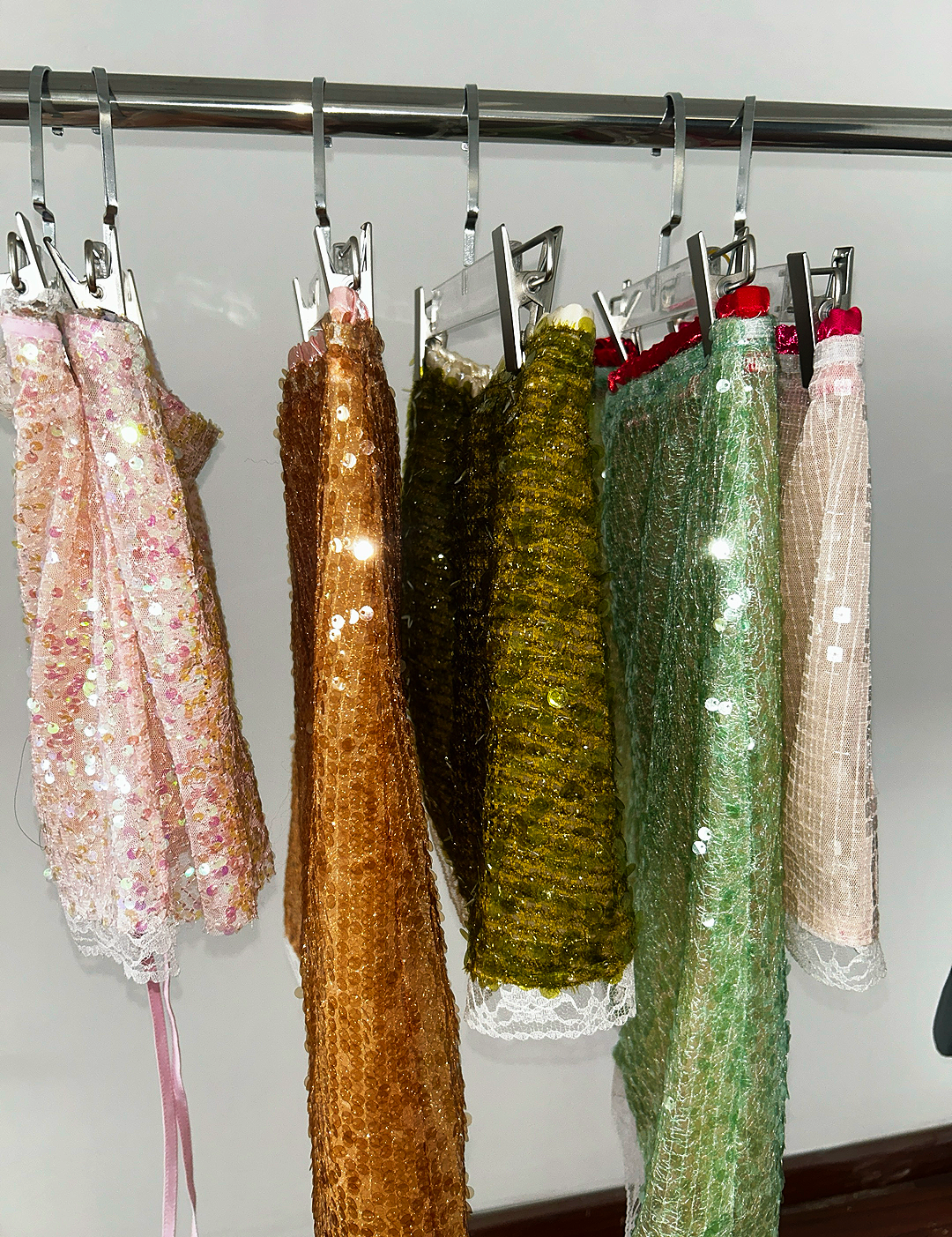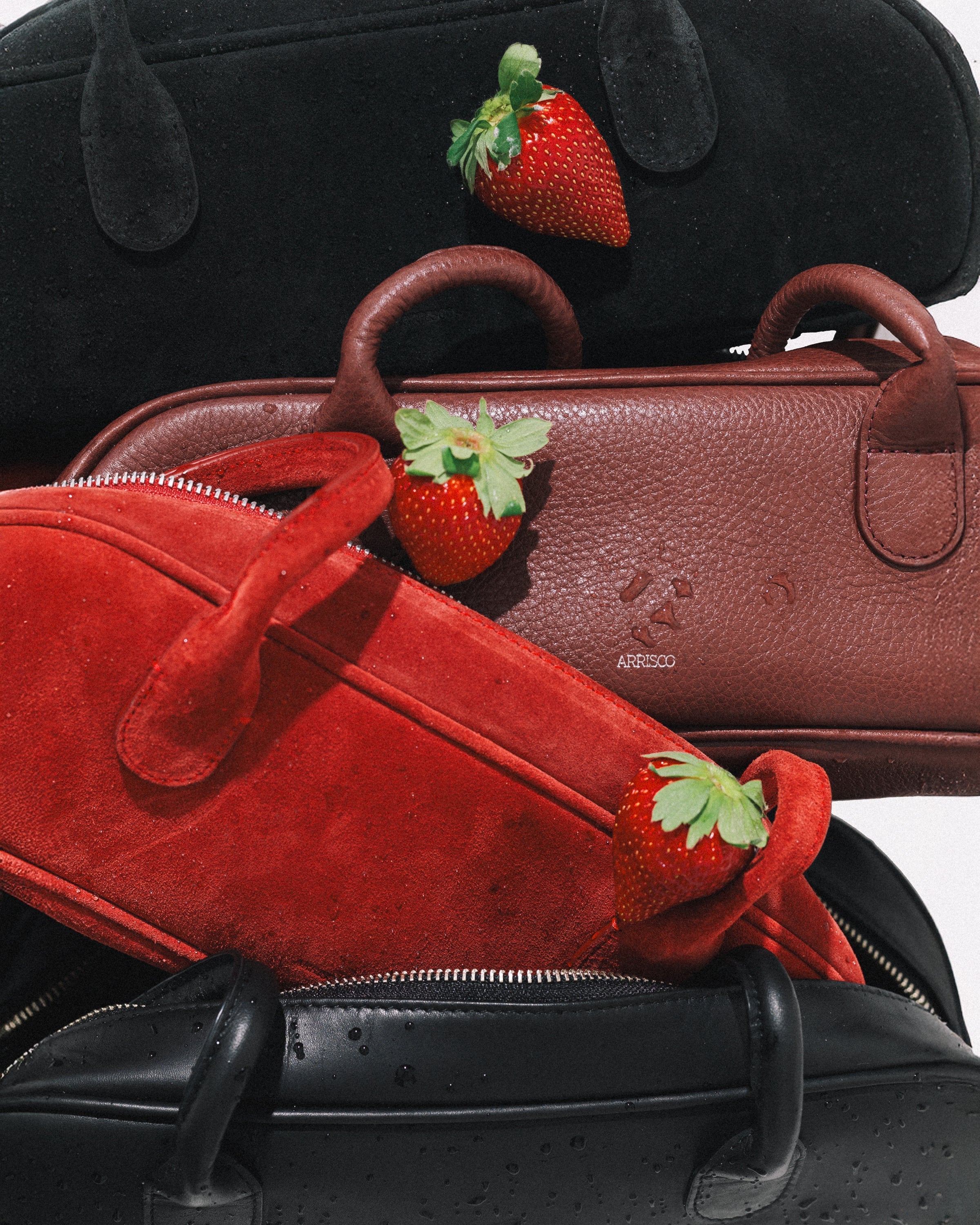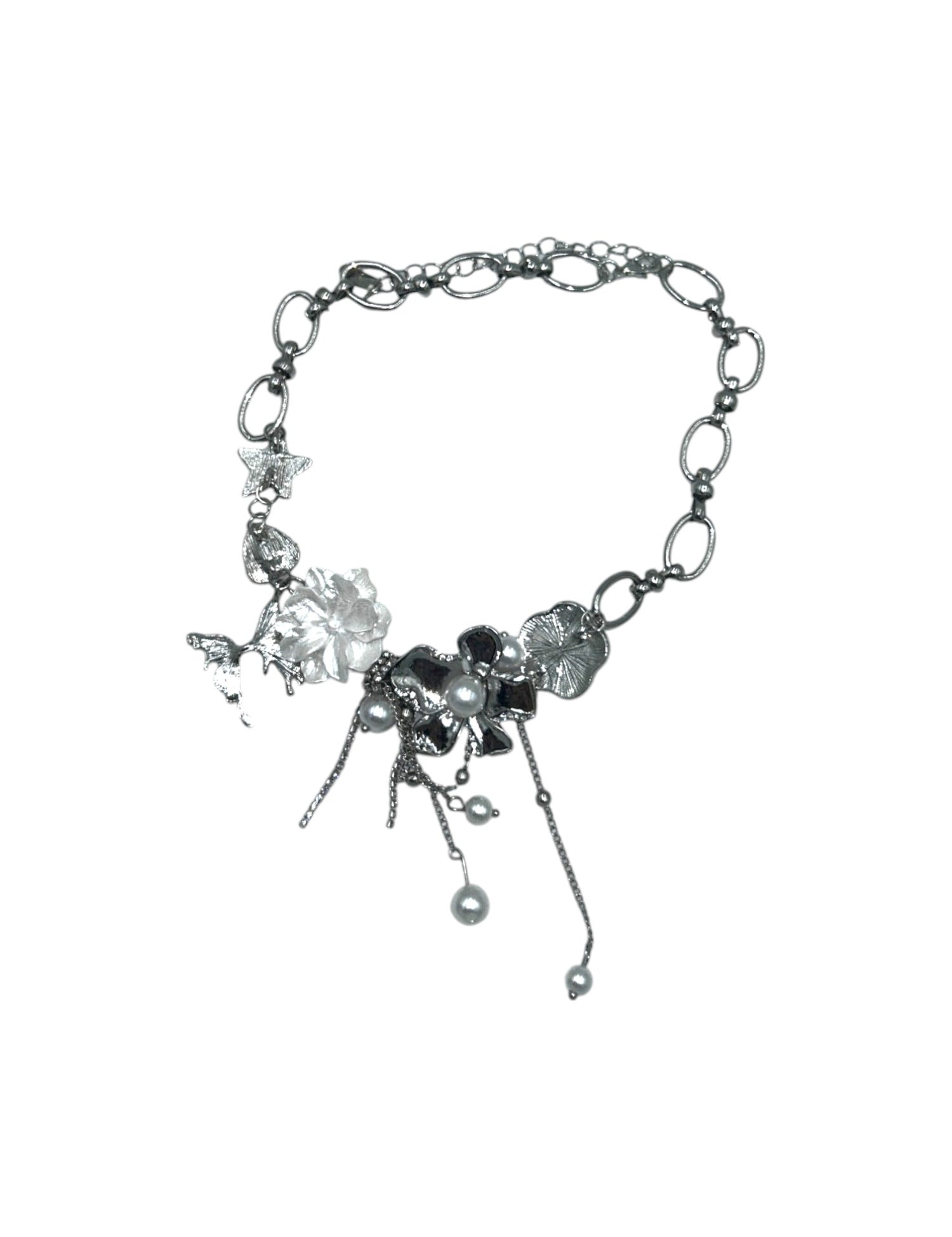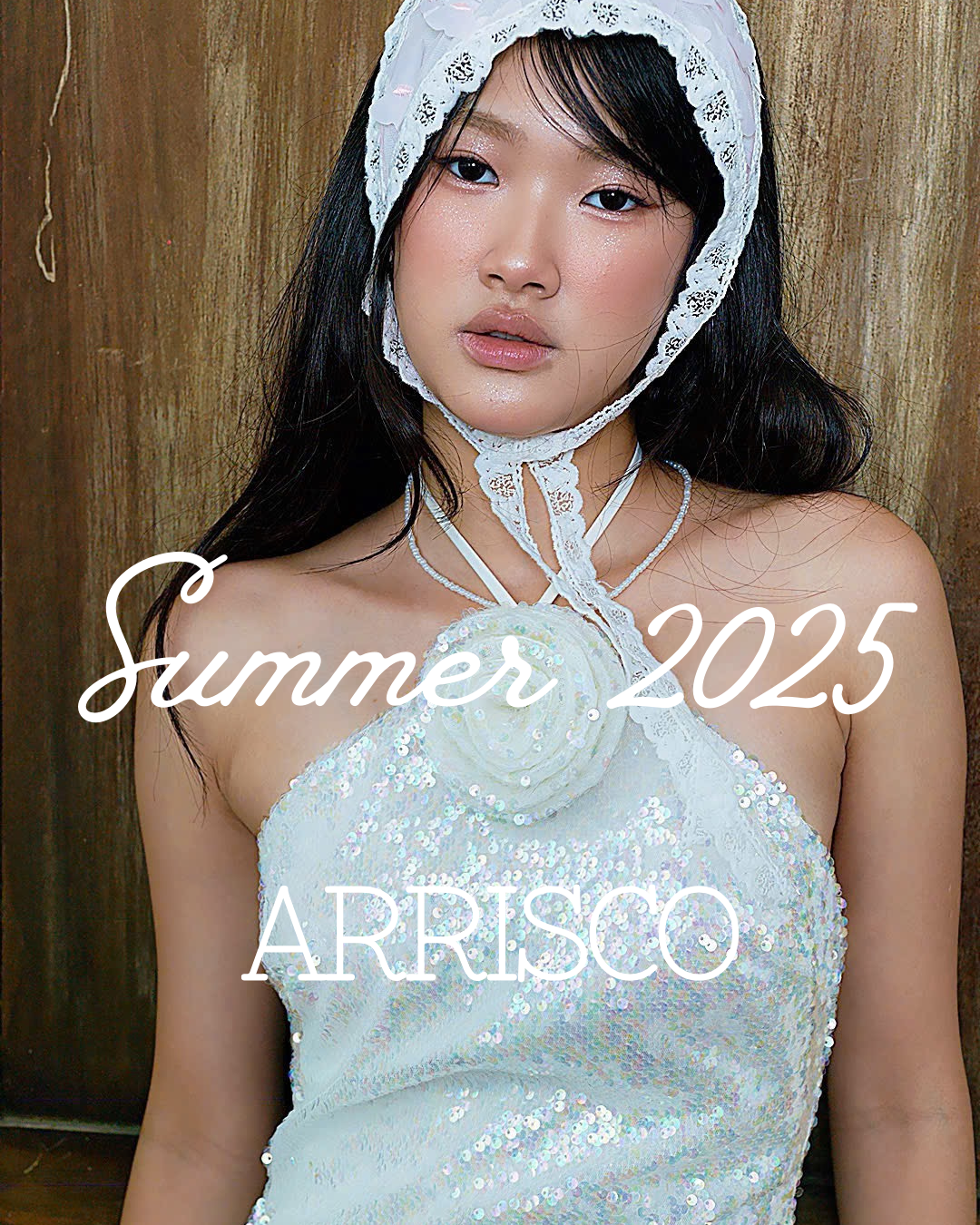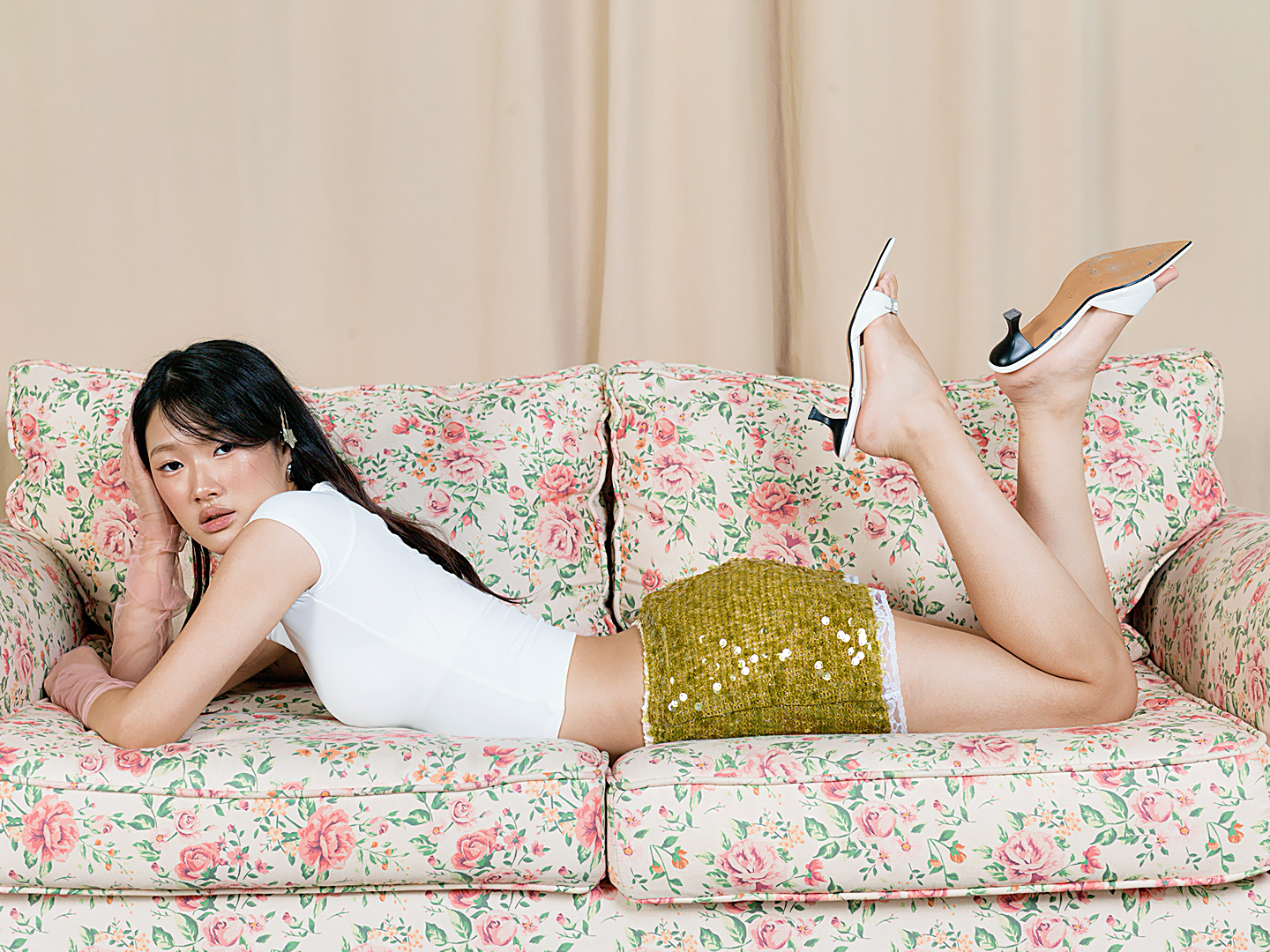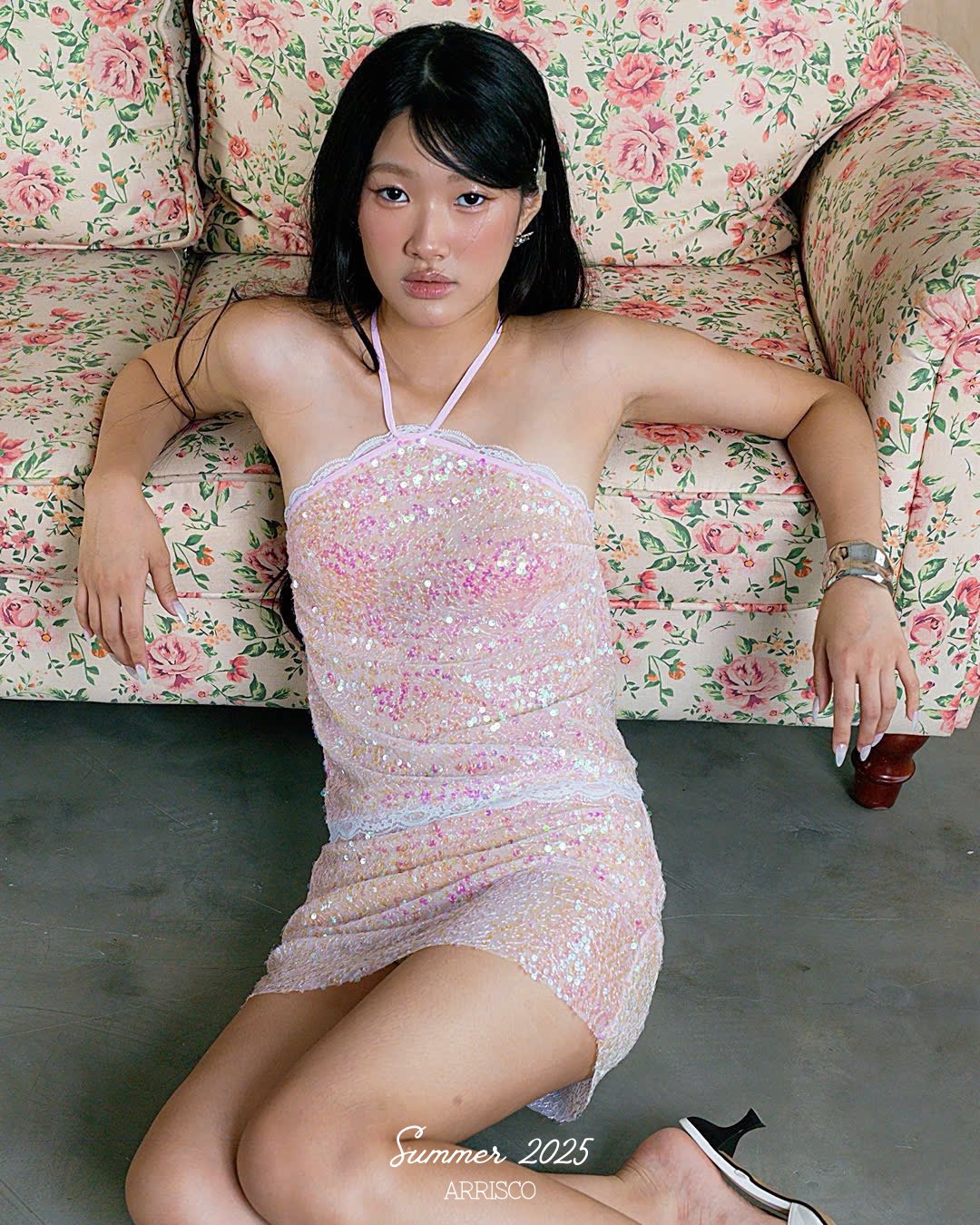Overview
The blog explores the fashion hierarchy, categorizing it into four main tiers: haute couture, ready-to-wear, contemporary fashion, and fast fashion. Haute couture is the pinnacle of luxury showcasing exquisite craftsmanship, while ready-to-wear offers accessible styles. Contemporary fashion blends unique designs with mid-range pricing, and fast fashion focuses on rapid production of trendy items at affordable prices. Understanding this hierarchy helps consumers make informed choices and navigate the dynamic fashion landscape.
Frequently Asked Questions
1. What is fashion hierarchy?
2. What are the characteristics of haute couture?
3. How does ready-to-wear differ from haute couture?
4. What defines contemporary fashion?
5. What are the concerns surrounding fast fashion?
Fashion is a dynamic industry fueled by creativity, ever-evolving trends, and diverse consumer needs. Understanding the fashion hierarchy is crucial for anyone seeking to navigate this landscape, whether you're an aspiring designer, a fashion enthusiast, or simply a shopper looking for the latest in sequin clothing. In this vibrant world, we’ll take you on a journey from the heights of haute couture down to the rapid-fire realm of fast fashion, breaking down each level of this intricate pyramid.
What is Fashion Hierarchy?
Fashion hierarchy is a structured framework that categorizes the industry into various segments based on factors such as quality, craftsmanship, price points, and target audiences. It assists designers and brands in defining their position in the market. Understanding this hierarchy allows consumers to make informed decisions while shopping and helps brands tailor their products strategically to meet customer expectations.
The Pinnacle: Haute Couture
At the very top of the fashion hierarchy is haute couture. This term, meaning "high sewing" in French, is synonymous with craftsmanship, luxury, and exclusivity. Haute couture garments are custom-made and often require hundreds of hours of skilled labor. These pieces serve as the ultimate form of artistic expression and are typically showcased during prestigious fashion weeks in cities like Paris.
Defining Characteristics of Haute Couture
- Customization: Each piece is tailored specifically for the client.
- Exquisite Materials: Only the highest quality fabrics and embellishments are used.
- Artisan Techniques: Each garment showcases intricate techniques, often developed over generations.
- Limited Availability: Usually produced in small quantities, making them highly sought after.
Haute couture isn’t just about the clothes; it’s an experience and a statement of luxury that reflects the wearer’s wealth and status. Many haute couture houses incorporate elements like sequin clothing to add a touch of sparkle and glam to their creations, often elevating the pieces into the realms of art.
The Next Level: Ready-to-Wear
Just below haute couture is the realm of ready-to-wear, or prêt-à-porter. These collections are designed to be worn without the need for extensive alterations, striking a balance between the exclusivity of haute couture and the accessibility needed for mass markets.
Ready-to-Wear Characteristics
- Seasonal Collections: Designers produce collections that align with fashion seasons.
- Wider Distribution: Available in select stores and online platforms.
- Price Variation: More affordable than couture but can still be pricey due to brand prestige.
- Trendy Styles: Often leading the trends seen on runways globally.
Ready-to-wear pieces also embrace the trend of sequin clothing, allowing fashion lovers to incorporate sparkle into their wardrobes without breaking the bank. These garments often provide a glimpse into the creativity present in haute couture while being practical for everyday wear.
Bridge to the Mid-Tier: Contemporary Fashion
Transitioning into the world of contemporary fashion, we find a blend of unique designs and mid-range pricing. This segment highlights modern aesthetics while remaining wearable and practical for the average consumer. Emerging designers and established brands frequently release contemporary pieces that reflect current cultural trends and social movements.
Key Features of Contemporary Fashion
- Chic Designs: Styles that combine aesthetic appeal with functionality.
- Brand Identity: Focused on building a loyal customer base.
- Affordability: Generally falls between high-end and fast fashion prices.
- Diverse Styles: Integrates seasonal trends with personal style.
Contemporary fashion often features sequin clothing as a fun and stylish addition that appeals to younger demographics seeking to make a statement without sacrificing comfort.
The Volume Game: Fast Fashion
Fast fashion dominates the lower tier of the fashion hierarchy, famous for its ability to quickly replicate runway styles and enable consumers to shop for trendy garments at affordable prices. While this segment provides rapid turnover and accessibility, it also raises concerns about sustainability and ethical production practices.
Understanding Fast Fashion
- Sustainability Concerns: Often criticized for environmental impact and labor practices.
- Rapid Production: Designs are produced quickly to meet consumer demand.
- Affordable Prices: Designed for budget-conscious shoppers.
- Trend-Driven: Collections change frequently to keep up with trends.
Despite its faults, fast fashion plays an essential role for fashion lovers wanting to experiment with styles like sequin clothing without spending a fortune. Shoppers can easily find dazzling sequin skirts, tops, and even dresses that can be worn for a variety of occasions, from parties to casual outings.
The Overlap Between Hierarchies
As we journey through the different levels of fashion hierarchy, it’s essential to note that these categories often overlap. Elements of haute couture can trickle down into ready-to-wear lines, while aspects of contemporary style can influence fast fashion trends. This playful interchange fuels the creativity of designers and brands, making fashion a vibrant and constantly shifting landscape.
Like a thrilling puzzle, the different segments of the fashion hierarchy fit together to create a cohesive whole. This fluidity allows consumers to access styles from various tiers while heartily engaging with the latest trends, including that show-stopping sequin clothing that everyone is talking about!
Why Fashion Hierarchy Matters
Understanding this hierarchy can be immensely beneficial for both consumers and aspiring fashionistas. Here are a few reasons why:
- Informed Shopping: Knowing the differences helps shoppers understand the quality and pricing of garments.
- Trend Awareness: Recognizing how trends transition through the tiers can aid consumers in predicting future styles.
- Market Insights: For budding designers, understanding this framework can help position their brand effectively.
- Responsible Choices: Awareness of sustainability issues in fast fashion allows consumers to make more eco-friendly decisions.
As you shop or browse for fashion, particularly when searching for sequin clothing, remember the story behind the garments—the craftsmanship of couture, the creativity of contemporary designers, and the rapid accessibility of fast fashion. Each piece tells a story and reflects the cultural zeitgeist, allowing you to participate in a larger narrative that reverberates through history.
Your Fashion Journey Awaits!
As our journey through the fashion hierarchy comes to an end, it’s your turn to take the reins of your fashion adventure. Equip yourself with the knowledge of how each tier operates, and use it to fuel your passion for style. Whether you prefer the exclusivity of haute couture, the practicality of ready-to-wear, the vibrant expressiveness of contemporary fashion, or the fast-paced thrill of fast fashion, embrace every aspect of this multifaceted industry.
Remember, the world of fashion is about self-expression and discovery. So, let your wardrobe reflect who you are, and don't shy away from adding that sparkle with sequin clothing that can elevate your outfit to the next level. Happy styling!

